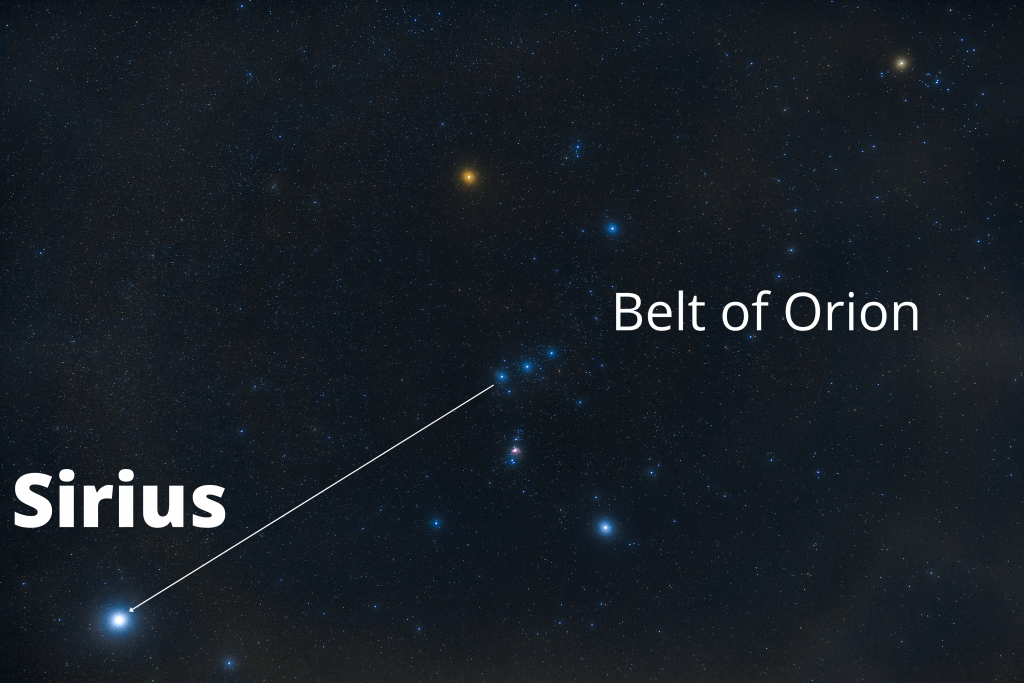Exploring the Radiant Beacon of the Night Sky: The Brightest Star – Sirius
The night sky, a celestial canvas painted with stars, holds in its vast expanse a multitude of stellar marvels. Among these, Sirius, the brightest star visible from Earth, stands as a brilliant beacon in the cosmic tapestry. Renowned for its luminosity and significance in various cultures, Sirius captivates and inspires observers with its celestial grandeur.

Situated in the constellation Canis Major, Sirius – also known as the “Dog Star” – is approximately 8.6 light-years away from Earth. It’s a part of a binary star system, comprising Sirius A and Sirius B. Sirius A, the larger and more luminous component, is a main-sequence star, primarily consisting of hydrogen and helium. Sirius B, its companion, is a white dwarf, a stellar remnant left behind after a star exhausts its nuclear fuel and collapses.
The brightness of Sirius is a consequence of its intrinsic luminosity and relatively close proximity to our solar system. Sirius gleams with a captivating, bluish-white hue, and its radiance is often noticeable even in light-polluted urban skies.
Throughout history
Sirius has held a significant place in various cultures. Ancient Egyptians associated it with the Nile’s annual flooding, considering it a vital component in their calendar for agricultural purposes. In other cultures, it served as a navigational aid and featured prominently in myths and religious beliefs.
In contemporary times, Sirius continues to intrigue astronomers and skywatchers alike. Its proximity and brightness make it a subject of study for researchers, shedding light on various aspects of stellar evolution and astrophysics.
Stargazers and astronomers use Sirius as a reference point for their observations due to its brightness and ease of visibility. It’s often a part of the “Winter Triangle,” formed by connecting Sirius with Betelgeuse in Orion and Procyon in Canis Minor.
As technology advances, scientists employ various instruments to study Sirius, unveiling its properties, including composition, temperature, and evolutionary stage. Observations from telescopes and space missions have contributed significantly to our understanding of this celestial body.
Sirius’s prominence and allure in the night sky ensure its enduring popularity among sky enthusiasts and those passionate about astronomy. Its brilliance and storied history continue to make it a subject of fascination and exploration for both scientists and amateur astronomers.
As we look to the heavens and admire the dazzling stars adorning the nightly panorama, Sirius stands as a glowing testament to the marvels and mysteries of the cosmos, inviting us to explore and contemplate the wonders of our universe.


